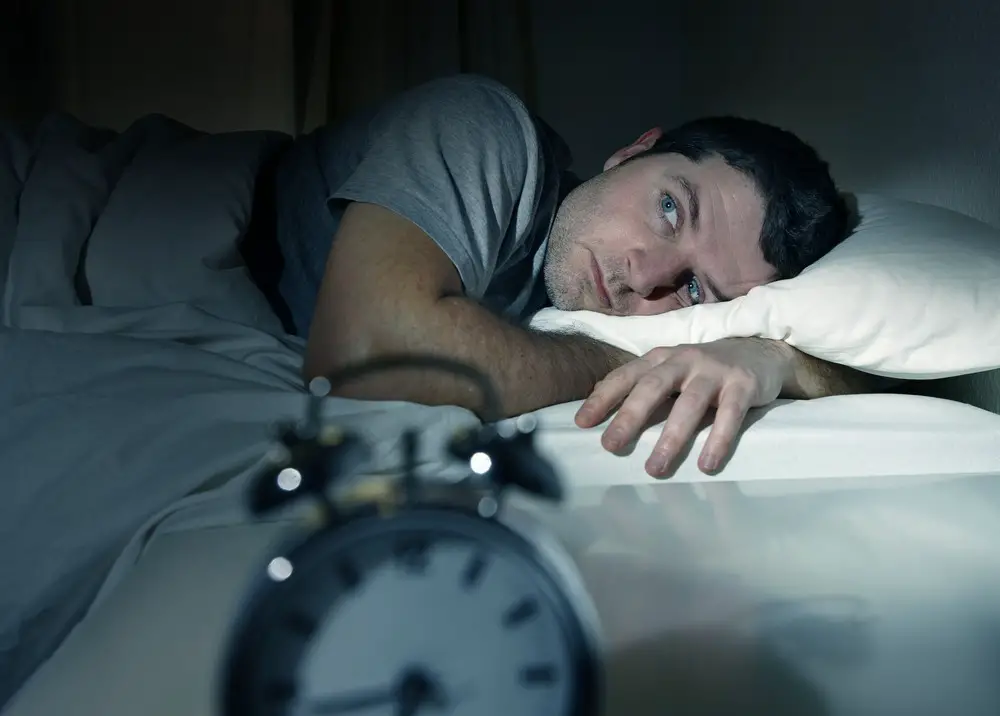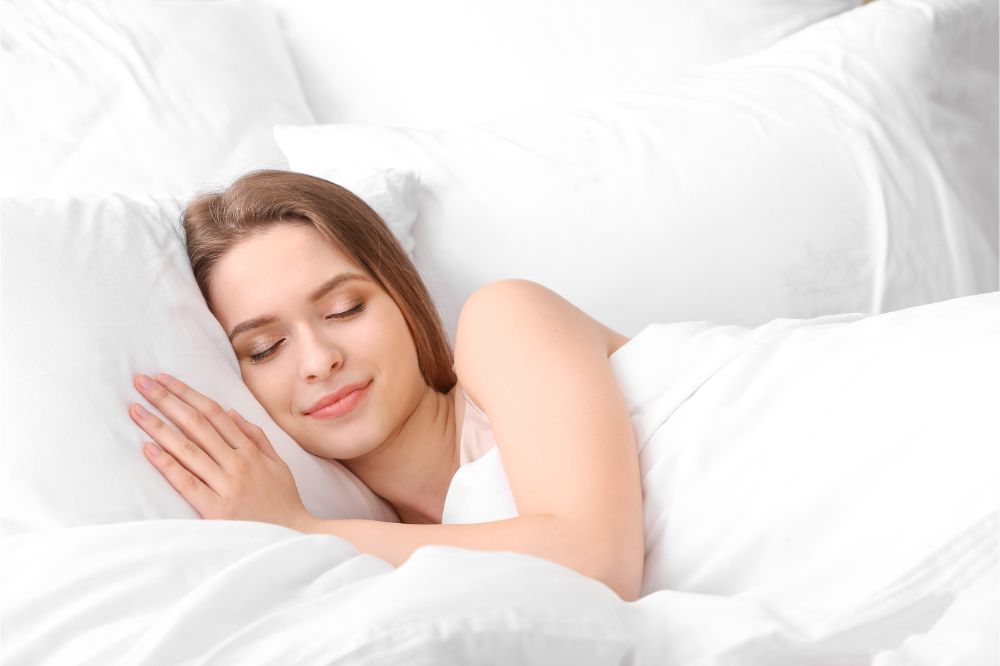As a BetterHelp affiliate, we receive compensation from BetterHelp if you purchase products or services through the links provided
We often explore various techniques and remedies in the quest for a peaceful night’s rest. But what if the secret to enhancing sleep quality lies within the subtle art of pressure points? These tiny yet powerful areas on our bodies have the potential to unlock the gateway to deeper, more restorative slumber. Pressure points have been utilized for centuries in practices like acupuncture and acupressure, offering a unique perspective on how our bodies can influence the quality of our sleep. This discussion will explore the intriguing concept of pressure points and their potential benefits for a rejuvenating night’s sleep. So, prepare to explore this ancient wisdom and its modern applications in pursuing enhanced sleep quality.
The Science Behind Pressure Points For Sleep
While the science behind these claims is not entirely conclusive, some studies and anecdotal evidence suggest that stimulating certain pressure points may have a calming effect.
Pressure Points And Sleep
Some pressure points commonly associated with sleep include those on the wrist, between the eyebrows, and at the base of the skull. Applying gentle pressure or massage to these points may help alleviate tension and induce relaxation.
Understanding The Concept Of Pressure Points
Pressure points, or acupressure points, are specific areas on the body where gentle pressure can be applied to stimulate relaxation, balance energy, and alleviate discomfort. These points are believed to be connected to various body systems, including the nervous and circulatory systems, and can influence sleep quality by promoting relaxation and stress reduction.
How Pressure Points Influence Sleep Quality
Pressure points can improve sleep quality by helping the body release tension, calm the mind, and improve overall well-being. When stimulated correctly, these points can induce relaxation, reduce anxiety, and facilitate the body’s transition into peaceful sleep.
Also Read: Is Nausea Linked to Sleep Deprivation? Find Out Here
 The Role of Acupressure
The Role of Acupressure
Acupressure is a traditional healing technique that involves applying pressure to specific points on the body. It is used for pain management, stress reduction, sleep improvement, energy balancing, digestive health, nausea relief, and overall well-being. While widely practiced, the scientific evidence supporting its effectiveness varies, and individual responses may vary. Consulting with a qualified practitioner or healthcare professional is recommended for safe and appropriate use.
Acupressure Techniques
Acupressure is a traditional practice that involves applying gentle pressure to specific points on the body. It is derived from acupuncture and Traditional Chinese Medicine (TCM) principles but does not involve needles. Acupressure techniques are used to balance the body’s vital energy, known as “qi” or “chi,” and have been associated with improving various aspects of health, including sleep.
Acupressure And Its Impact On Relaxation And Sleep
Acupressure techniques can promote relaxation and relieve tension, which is essential for quality sleep. By targeting specific acupressure points, individuals can potentially reduce insomnia, anxiety, and stress. Acupressure is often used as a complementary practice to enhance sleep quality and overall well-being.
 Key Pressure Points For Better Sleep
Key Pressure Points For Better Sleep
Key pressure points associated with better sleep include Anmian, Spirit Gate (H7), Yin Tang, Wind Pool (GB20), Heart 7 (HT7), and Spleen 6 (SP6). Massaging or applying pressure to these points promotes relaxation, reduces stress, and alleviates sleep disturbances. However, the scientific evidence supporting these claims is limited, and individual responses may vary. Consulting with a qualified practitioner or healthcare professional is advisable to safely and personally use acupressure techniques.
Pressure Points for Stress Relief
One key pressure point for stress relief is the “Hoku” point. Located on the hand, between the thumb and index finger, applying firm pressure or massaging this point can help alleviate stress and anxiety. Another pressure point is the “Third Eye” point, located in the center of the forehead, just above the bridge of the nose. Gentle pressure here can promote relaxation and reduce stress.
Benefits Of Using Stress-Relief Pressure Points
Stimulating these pressure points for stress relief can help the body release built-up tension and promote a sense of calm. This, in turn, can lead to improved sleep quality, as relaxation is a crucial precursor to a restful night’s sleep.
Also Read: Why Can’t I Sleep Even Though I’m Tired? Explore the Causes and Solutions
Pressure Points For Insomnia
One crucial pressure point for addressing insomnia is the “Anmian” point, found just behind the ear, in line with the earlobe. Applying gentle pressure or massaging this area can help alleviate insomnia symptoms. The “Shenmen” point, located on the ear’s upper outer part, is believed to help with sleep disorders when stimulated.
How To Apply Pressure For Improved Sleep
When addressing insomnia through pressure points, applying light to moderate pressure to these areas using your fingers or thumbs in a circular motion can be effective. Engaging in acupressure or massage techniques on these points before bedtime may help promote relaxation and improve the chances of falling asleep and staying asleep through the night.
By understanding and utilizing key pressure points for stress relief and insomnia, individuals can potentially harness the benefits of acupressure to enhance sleep quality and overall well-being. These simple yet effective techniques can be incorporated into bedtime routines to promote relaxation and alleviate sleep-related challenges.
Pressure Point Techniques And Methods
Pressure point techniques involve applying pressure to specific points on the body for relaxation and pain relief. Common methods include finger pressure, massage, acupressure tools, and self-application. These techniques are often rooted in traditional medicine systems like acupressure and Marma points. Caution is necessary to ensure safety and effectiveness, and consulting a qualified practitioner or healthcare professional is advisable, especially for those with specific health concerns.
Also Read: Can Sleep Apnea Trigger Seizures? Exploring the Link Between Sleep Disorders and Epilepsy
 Acupressure For Sleep
Acupressure For Sleep
Acupressure involves applying pressure to specific points on the body to promote relaxation, alleviate tension, and improve overall well-being. Acupressure can help calm the mind, reduce stress, and enhance sleep quality when used for sleep. It works by balancing the body’s vital energy, promoting blood circulation, and activating natural healing processes.
Step-by-Step Guide To Acupressure For Sleep
A step-by-step guide to using acupressure for sleep includes the following:
- Identify Key Pressure Points: Familiarize yourself with acupressure points associated with better sleep, such as Anmian, Spirit Gate (H7), Yin Tang, Wind Pool (GB20), Heart 7 (HT7), and Spleen 6 (SP6).
- Prepare Your Environment: Create a comfortable and relaxing sleep environment. Ensure your bedroom is dark, quiet, and at a comfortable temperature.
- Wash Your Hands: Start by washing your hands to ensure cleanliness.
- Relax and Breathe: Find a quiet, comfortable space to sit or lie down. Take a few deep, calming breaths to relax.
- Begin with Anmian Point: Start with Anmian, located behind the ear. Apply gentle pressure with your thumbs or fingers and use small circular motions for about 1-2 minutes. This point is believed to help calm the mind and alleviate insomnia.
- Spirit Gate (H7): Move on to Spirit Gate, located on the inner wrist crease. Apply steady pressure for 1-2 minutes. This point is thought to relieve anxiety and promote sleep.
- Yin Tang: Next, press Yin Tang, located between the eyebrows. Apply gentle pressure with your index finger for 1-2 minutes to reduce stress and induce relaxation.
- Wind Pool (GB20): Continue with the Wind Pool, found at the base of the skull where the neck muscles meet the skull. Apply pressure using both thumbs or fingers in circular motions for 1-2 minutes to relieve tension and headaches.
- Heart 7 (HT7): Move to Heart 7, situated on the wrist. Apply gentle pressure for 1-2 minutes to calm the mind and alleviate anxiety and sleep disturbances.
- Spleen 6 (SP6): Finish with Spleen 6, located above the ankle on the inside of the leg. Apply steady pressure using your fingers for 1-2 minutes to promote relaxation and alleviate insomnia.
- Practice Mindfulness: While applying pressure to these points, focus on breathing and practice mindfulness to enhance relaxation.
- Consult a Professional: If you have specific health concerns or conditions, it’s advisable to consult with a qualified acupressure practitioner or healthcare professional for personalized guidance and recommendations.
Remember that the effectiveness of acupressure can vary from person to person, and consistent practice may be needed to see results. It’s essential to perform acupressure safely and comfortably and to consult a professional if you have any doubts or specific health issues.
Also Read: Hot at Night? Discover the Reasons Why You Get Hot When You Sleep
Self-Massage And Pressure Point Tools
Self-massage and pressure point tools are techniques and tools used for relaxation, pain relief, and well-being:
- Self-massage involves using your hands, fingers, or specialized tools like foam rollers to apply pressure to areas of tension.
- Pressure point tools include acupressure balls, mats, massage sticks, and reflexology tools that target specific acupressure or reflex points on the body.
It’s essential to use these techniques gently, gradually increasing pressure as needed, and consult with a qualified practitioner or healthcare professional for specific health concerns or conditions.
 Techniques For Self-Massage To Target Sleep Pressure Points
Techniques For Self-Massage To Target Sleep Pressure Points
Self-massage techniques can be employed to target sleep pressure points effectively. By using the fingertips, thumbs, or specialized massage tools, individuals can apply pressure to the identified points. Techniques may include circular motions, gentle kneading, or holding pressure on the points to release tension and promote relaxation.
Overview Of Pressure Point Tools And How To Use Them
Various tools, such as acupressure mats, balls, or rollers, are available to assist with pressure point stimulation. These tools can provide more precise and consistent pressure, making it easier to target specific points. Users can follow these tools’ instructions or seek professional guidance to ensure effective and safe application.
By familiarizing oneself with acupressure basics and utilizing self-massage techniques or pressure point tools, individuals can harness the potential benefits of pressure points for sleep improvement. These methods offer accessible and natural ways to promote relaxation, reduce stress, and enhance sleep quality.
Conclusion
Pressure point techniques offer a natural and accessible way to enhance sleep quality. While their effectiveness may vary from person to person, they can play a valuable role in promoting relaxation, reducing stress, and preparing the body for restful slumber. By incorporating pressure point practices into a bedtime routine and experimenting with different points and methods, individuals may unlock the potential for improved sleep and overall well-being.
- Left Arm Pain and Anxiety: Understanding the Relationship - November 23, 2023
- Anxiety Paralysis: Coping with Overwhelming Stress - November 23, 2023
- Anxious vs. Nervous: Differentiating Emotions and Responses - November 15, 2023
This site contains affiliate links to products. We will receive a commission for purchases made through these links.

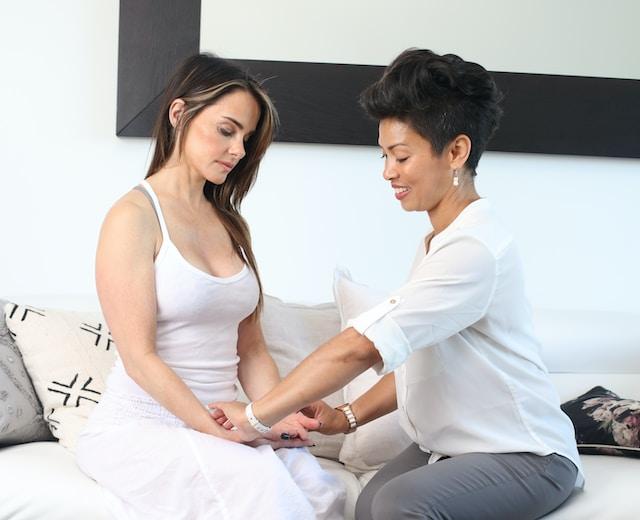
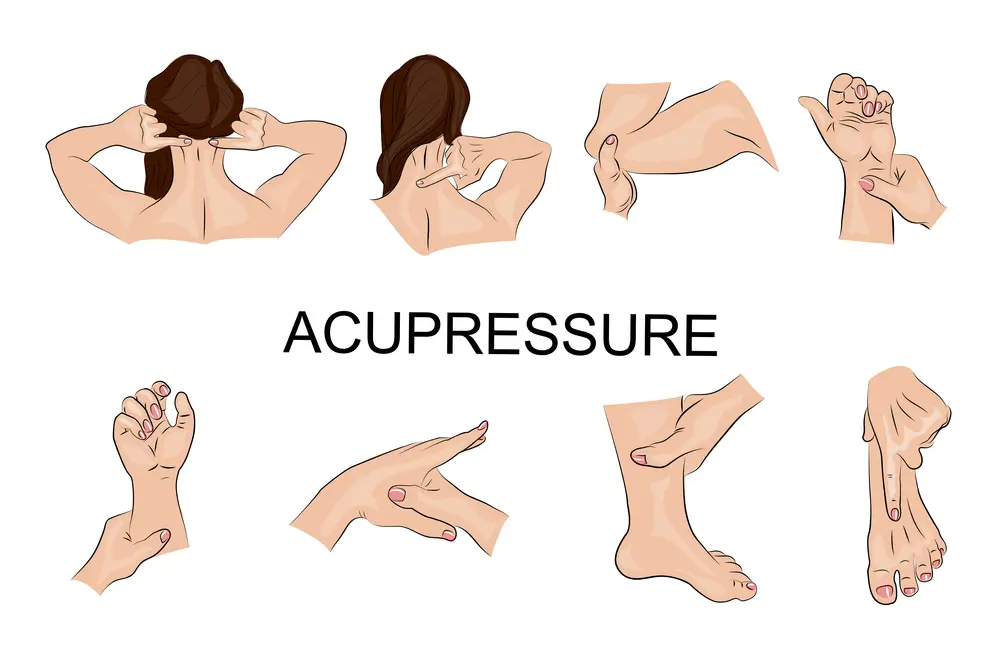 The Role of Acupressure
The Role of Acupressure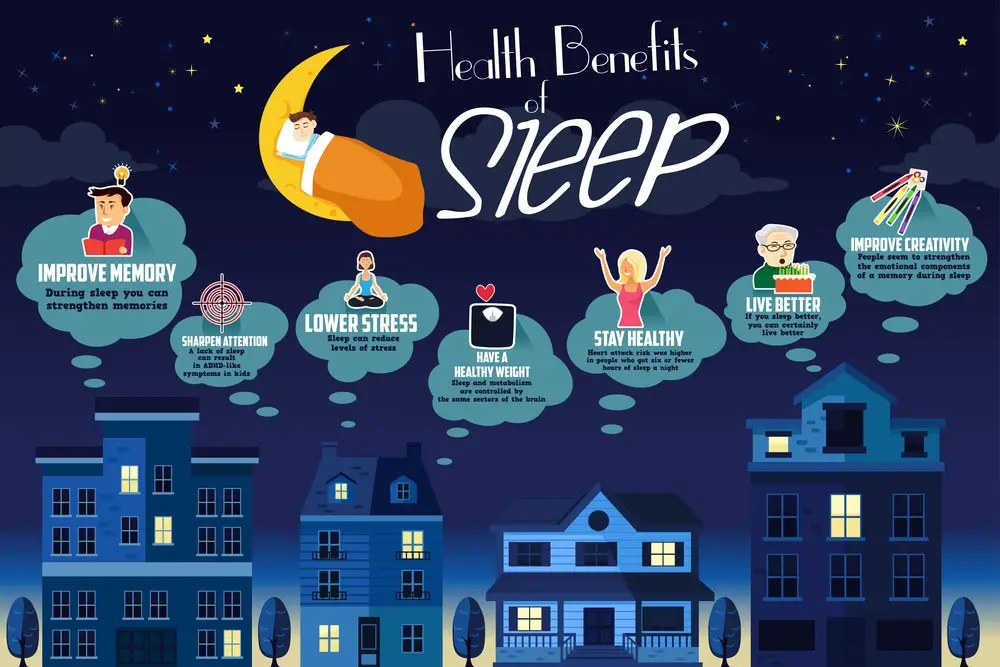 Key Pressure Points For Better Sleep
Key Pressure Points For Better Sleep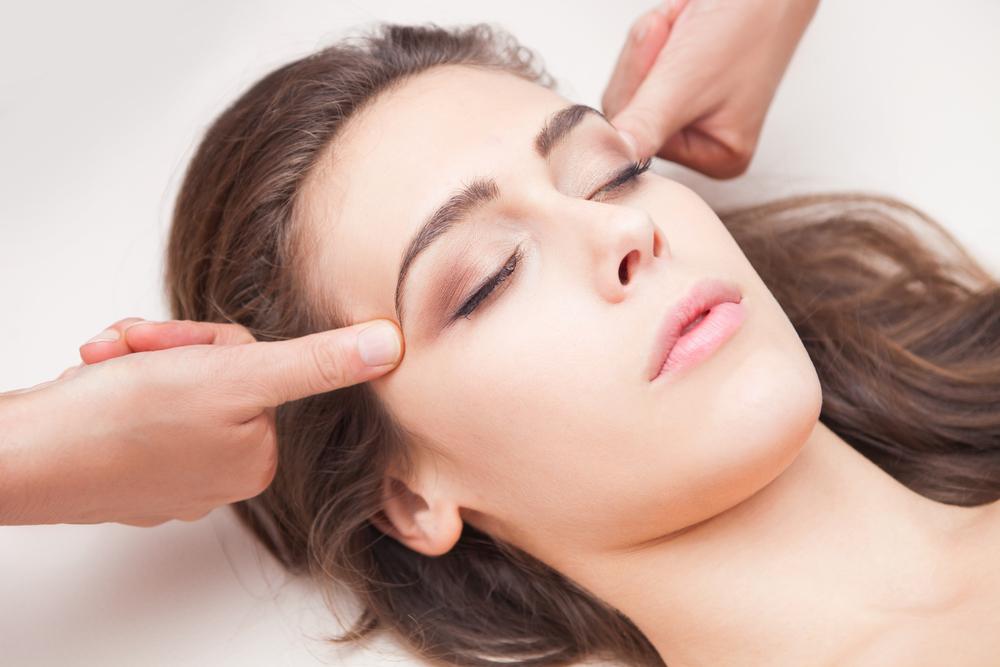 Acupressure For Sleep
Acupressure For Sleep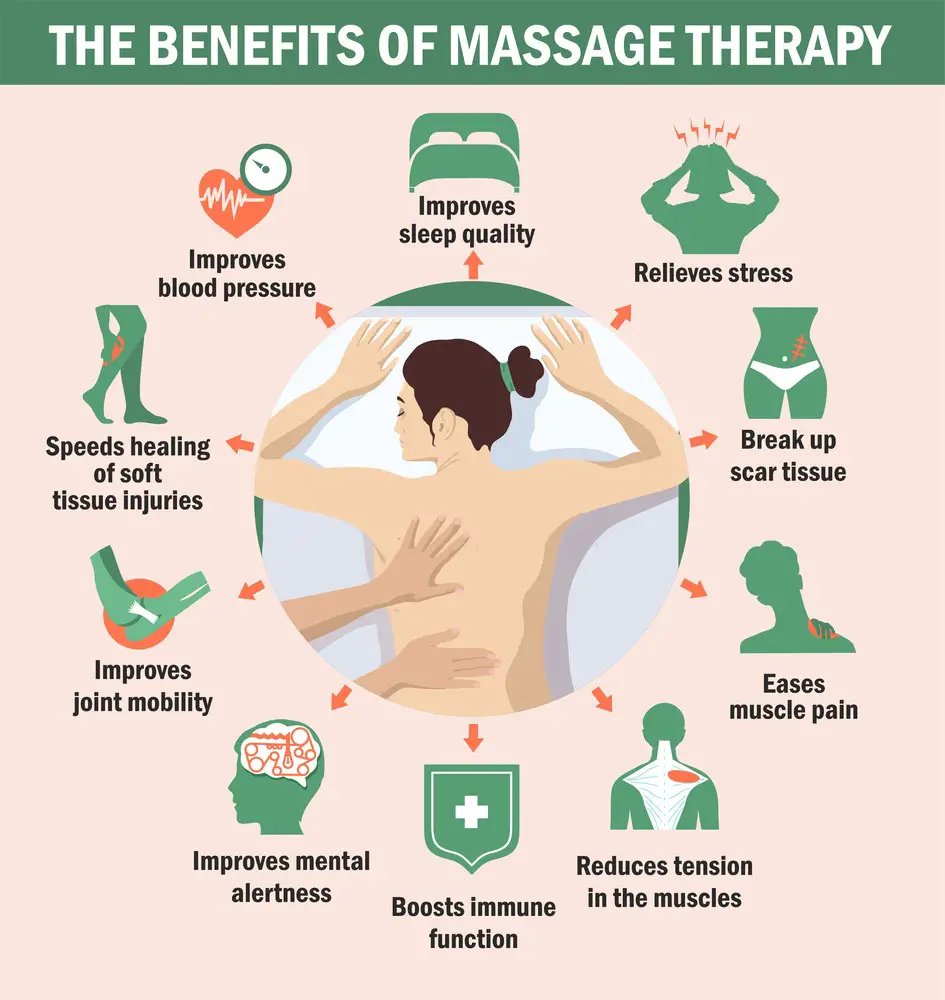 Techniques For Self-Massage To Target Sleep Pressure Points
Techniques For Self-Massage To Target Sleep Pressure Points